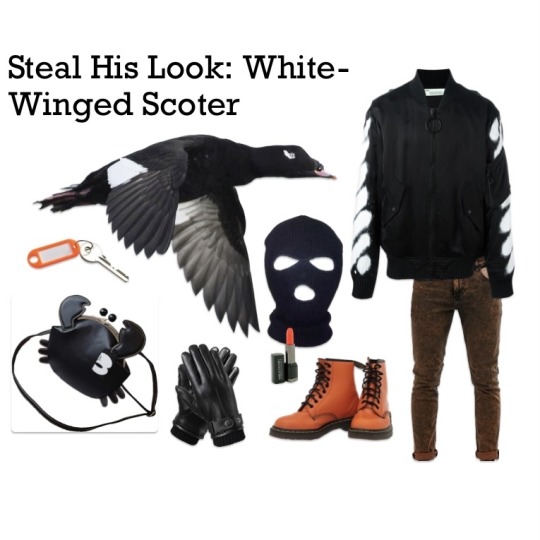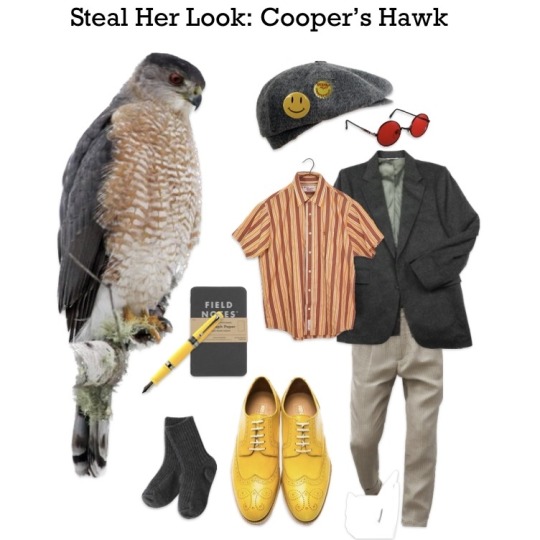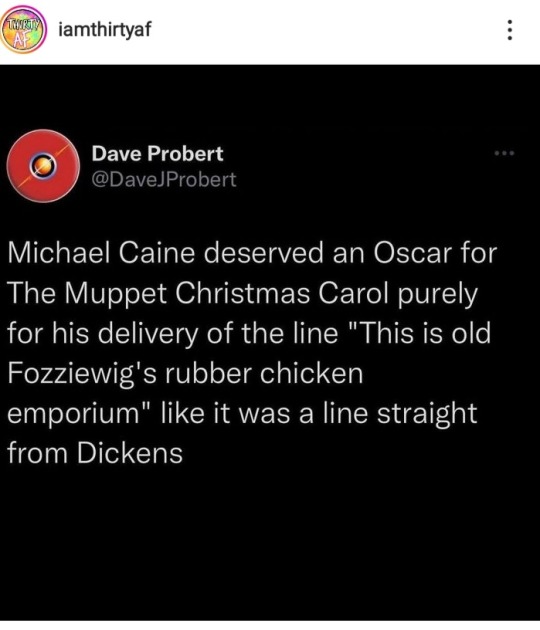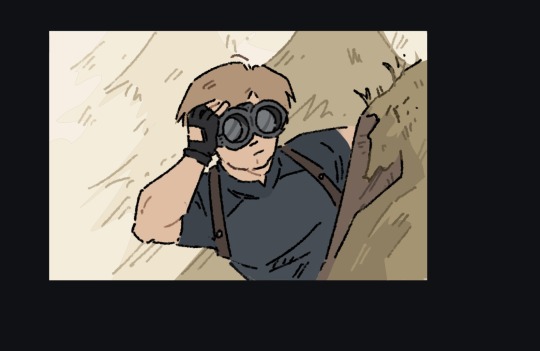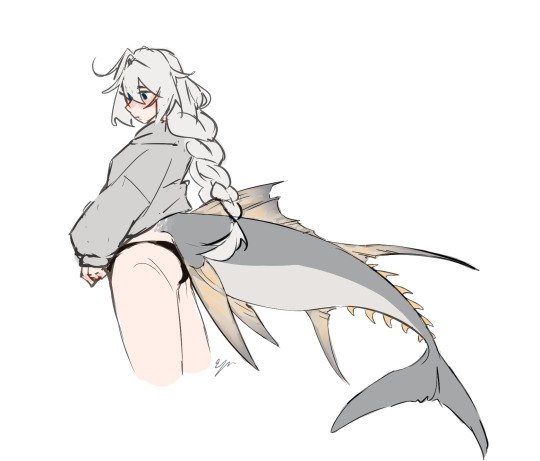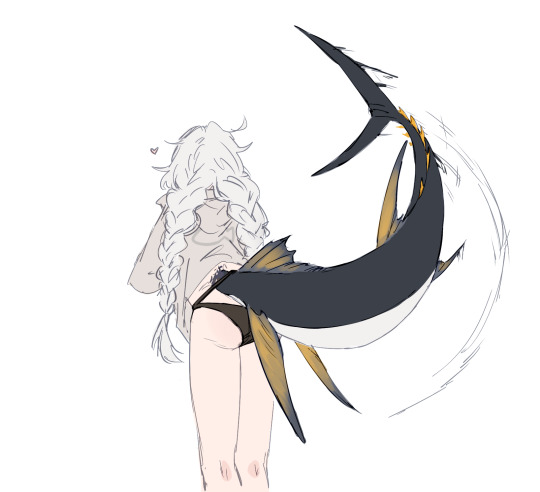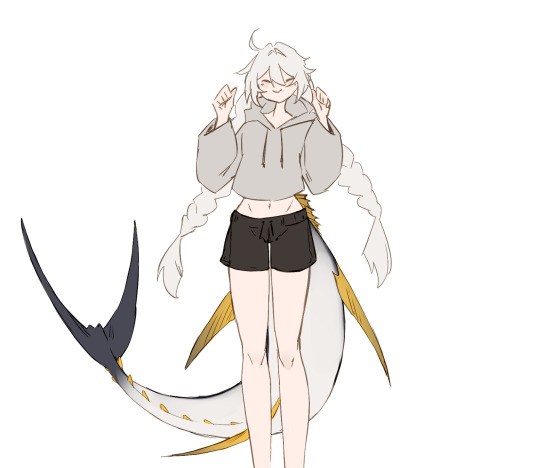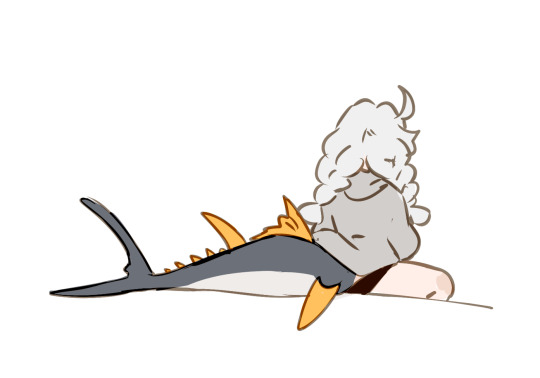I am a big jerk that lives in BC, Canada. I occasionally post content, but mostly just reblog things that amuse me.
Last active 60 minutes ago
Don't wanna be here? Send us removal request.
Text
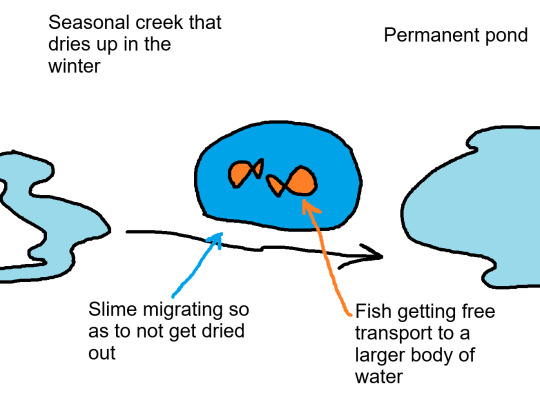
commensalism between slime monsters and certain varieties of fish
13K notes
·
View notes
Video
136K notes
·
View notes
Text
there’s something endlessly hilarious to me about the phrase “hotly debated” in an academic context. like i just picture a bunch of nerds at podiums & one’s like “of course there was a paleolithic bear cult in Northern Eurasia” and another one just looks him in the eye and says “i’l kill you in real life, kevin”
300K notes
·
View notes
Text
54K notes
·
View notes
Text
"Tilia is a vest-wearing conservation dog that the 444-acre [Mequon] nature preserve relies on for vital conservation and restoration work.
The dog’s responsibilities include sniffing out invasive and endangered species in the prairies, forests, and wetlands of Mequon.
Conservation dogs have become more commonplace in wildlife organizations, tapping into their astonishing scent-detecting abilities.
“Dogs in general already have up to 200 million olfactory sensors,” Cory Gritzmacher, the director of operations at the nature preserve, told Wisconsin Life.
Humans, on the other hand, have about 5 million.
“[Dogs are] already set up and designed for scent detection,” Gritzmacher added. “It’s really just finding a dog that’s motivated, that wants to do it on a regular basis and is excited to do it.”
Tilia was the pup for the job.

One of her main roles is to detect wild parsnip, an invasive species that staff removes once it is found on the property.
Compared to humans, Tilia can find parsnip in its first year, while it’s still close to the ground and camouflaged by other plants. This is vital, since parsnip will start to spread rapidly by the time it reaches its second season in the preserve.
Studies show that the estimated damage caused by invasive species has cost the United States around $120 billion annually, as it impacts agriculture, recreational industries, and wildlife management.
By catching invasive species that take hold of local flora and fauna early, Tilia achieves something no humans can.
“The best trained volunteers or staff in the world won’t even be able to find what a canine can,” Gritzmacher said. “That’s the pretty impressive part of it. And who doesn’t want to go to work with a dog?” ...
Tilia began training as a puppy, and now nearly seven years old, she’s a pro at scent detection — which all started with some treats hidden in cardboard boxes...
“As she continues to hit on the correct scent, then she gets rewarded. So, she’s going to get paid again. We do our work, we get paid. She does her work, she gets paid.”
Tilia can also spot Blue-Spotted and Easter Tiger Salamanders, which are endangered in the area. Her other scents include Wood Turtle and Garlic Mustard.
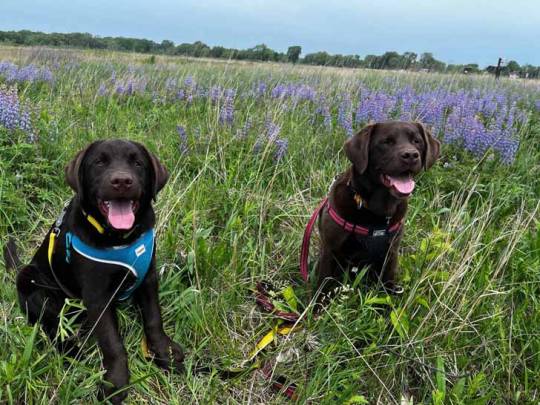
Of course, her workload remains balanced with time off. Her official owner is the director of Mequon Nature Preserve, who is happy to embrace her as the family dog when she’s not out sniffing.
But Gritzmacher, who trains and works alongside Tilia, adores her, not only for her companionship, but for the miracles she is able to work as an asset to Wisconsin’s conservationists.
“Canines are going to start to play a huge role in the conservation field just because of their amazing detection skills,” Gritzmacher said, “especially when resources are limited, staff is limited and you have to search potentially thousands of acres or miles.”
In fact, Tilia was joined by a partner in crime a few years ago: Timber, another chocolate lab who is actually the offspring of Tilia’s sister.
By following in her pawprints, Timber’s “powerful nose will be a key tool” in the preserve’s “land restoration efforts,” according to its website.
“For years, scientists have tried to replicate the power and efficiency of the canine nose,” Mequon Nature Preserve adds on a webpage for Tilia and Timber.
“The results keep coming back the same: The canine nose is second to none. Coupled with an insatiable desire to work and serve, Tilia and Timber help us find things humans often can’t.”"
-via GoodGoodGood, December 2, 2024
4K notes
·
View notes






